How would you react if you randomly hear budots music on the streets? A lot of locals would chuckle dismissively, while others would outright cringe. Its quirky mishmash of sounds would seem a tad too comical to untrained ears—a silly eccentricity that wouldn’t stand a chance against conventional music.
But did you know that this preconceived idea might be deeply rooted in a cultural bias that borderline glorifies Western ideologies and trivializes the value of our grassroots?
If you’re an urban-raised Filipino born into privilege, your formative years were (most probably) primarily shaped by the international media—maybe even leading you to a point where homegrown pop culture sounded more foreign than actual foreign stuff.
From fashion and visual arts to music, chances are you were conditioned to believe that anything that did not fit the mainstream mold was inferior and foolish—a product of what we collectively refer to as “jejemon” (an internet subculture that has unfairly been ridiculed for its lowbrow style and kitsch aesthetics).
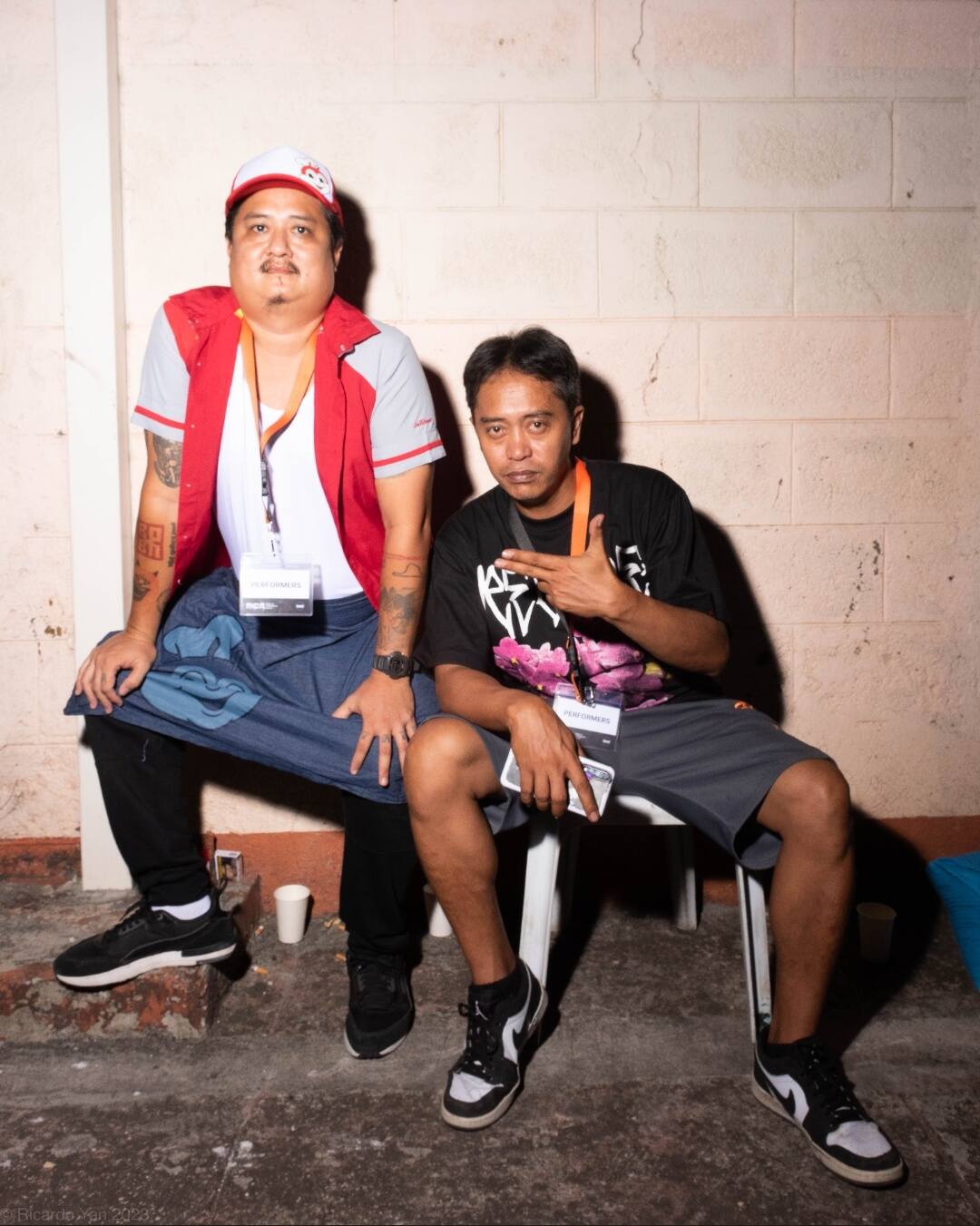
Unfortunately, budots fell victim to this prejudice, and the socioeconomic stigma attached to it further intensified the misperception. The genre has found its roots intertwined with the working class, blasting from jeepneys, neighborhood boom boxes, and street parties in low-income communities. This association has promoted the perpetuation of a classist mentality that undermines the artistic merit and cultural significance of budots.
Its outlandish nature inevitably became a popular target for mockery and was brushed aside as a passing fad that lacks substance. At best, it was labeled the soundtrack of the masses, something to be enjoyed in the background but never taken seriously.
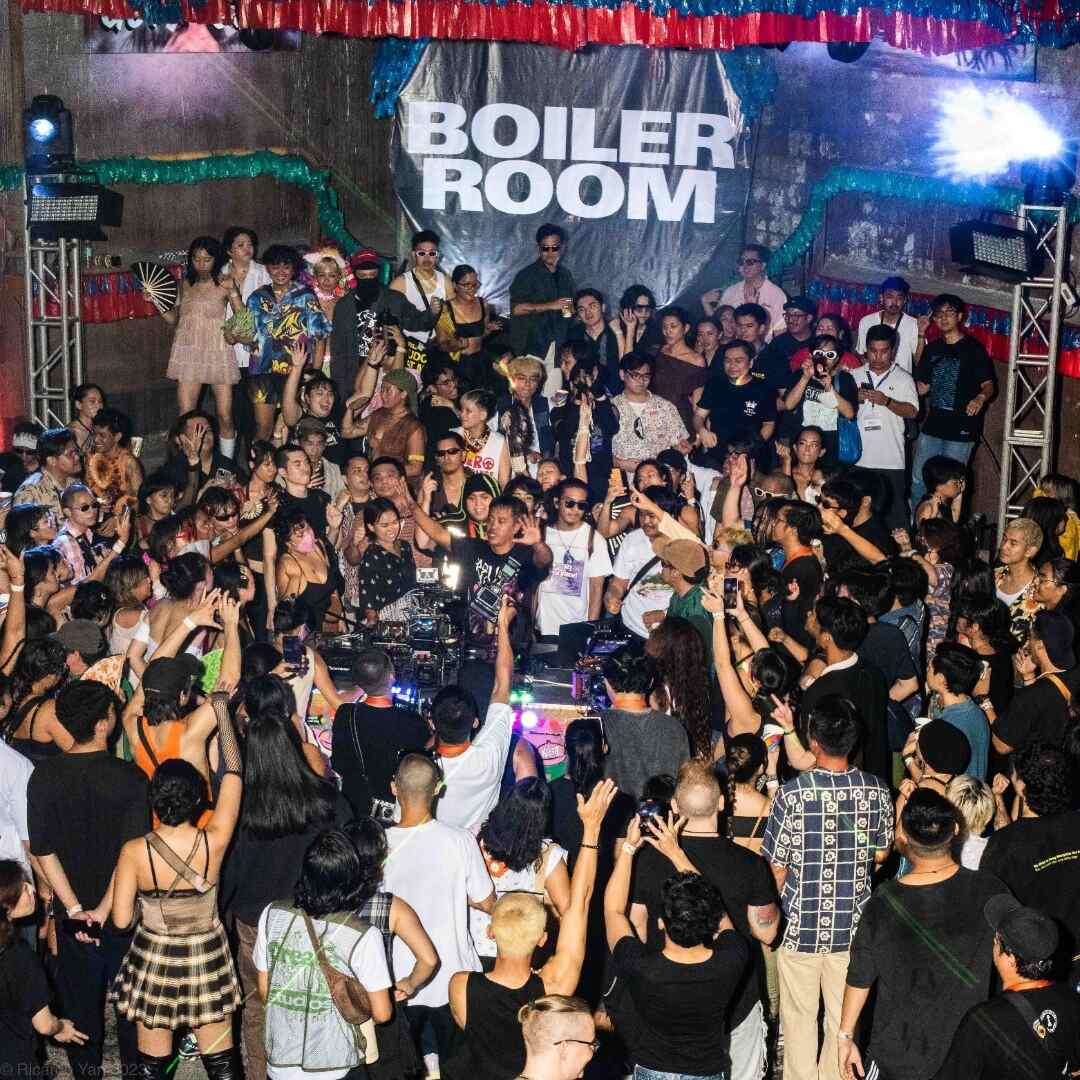
But here’s a hard (not really, tbh) pill to swallow: Budots has what it takes to infiltrate and dominate the mainstream—and Manila Community Radio (MCR) is one of those at the forefront of championing its rise. For those unaware, MCR won Boiler Room’s (a UK-based online music broadcaster that “connects local dance floors to the wider world”) Broadcast Lab grant, earning them an opportunity to mount a showcase that focuses on underrepresented genres in local dance music.
The event took place in April, and it featured a diverse lineup of emerging DJs and local EDM trailblazers from cultural hubs within and beyond the metro: Showtime Official Club, obese.dogma777, Pikunin, T33G33, Hideki Ito, Libya Montes, Teya Logos, and DJ Love (a.k.a. the producer credited for pioneering budots music). Six sets blended the adrenaline-pumping beats of budots with elements of trap, house, techno, hip-hop, and other underground genres—creating a sonic fusion that could ignite any dance floor.
The most exciting part? It doesn’t matter if you’re an actual attendee (who wants to relive the electrifying experience), a grassroots music enthusiast, or just a curious onlooker; everybody can enjoy the full showcase for free via Boiler Room’s YouTube channel.
Of all Filipino grassroots genres, why budots?
Whether or not we admit it, Western-centric genres have always been the dominant force in the local music scene, making them the general public’s standard for “quality” dance music. But tucked away in the culturally rich corners of the Philippines, there exists a huge world of untapped genres that are equally—if not more—deserving of widespread recognition.
One of which is budots, a music genre (and dance style) that originated in Davao City during the 2000s. The term means “slacker” or “standby” in Bisayan slang, but some locals also attribute it to the Bisayan word for a person who dances freestyle “tabudots.”
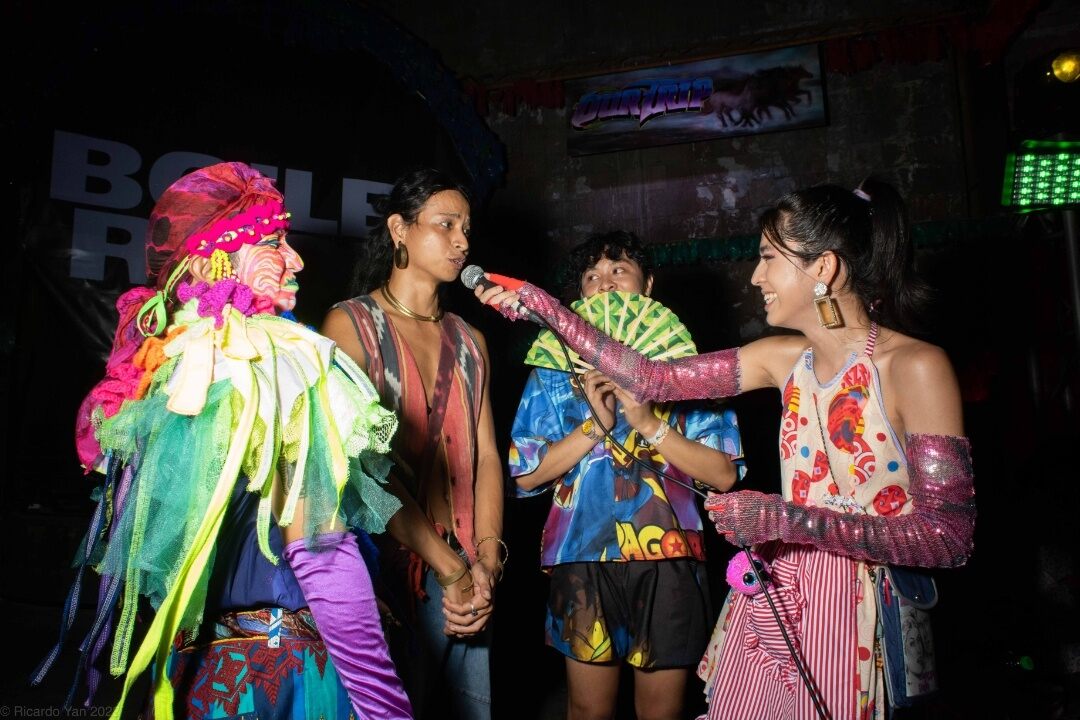
Colloquially known as bistik or Bisayan tikno, budots combines Indigenous music—like tagunggo’an of the Sama Dilaut (or Badjao) community—with the contemporary elements of Euro trance and techno. It has organically spread in various regions across the country, cultivating a subculture that can serve as a powerful expression of grassroots identity and creativity.
However, budots remains relatively invisible (at least in the broader music landscape) despite its rare production style and ethnic value. Its presence in mainstream gatherings and events has been sporadic—with the lack of financial (and the larger community’s) support hindering its exposure and growth.
This imbalance has prompted MCR to take the initiative in bringing budots to a wider audience. “We came across the Broadcast Lab grant through an IG post when Boiler Room announced they extended their deadline for applications,” says archivist and communications partner Sai Versailles. “When the team realized [its] potential, we met in person to talk about it in more detail.”
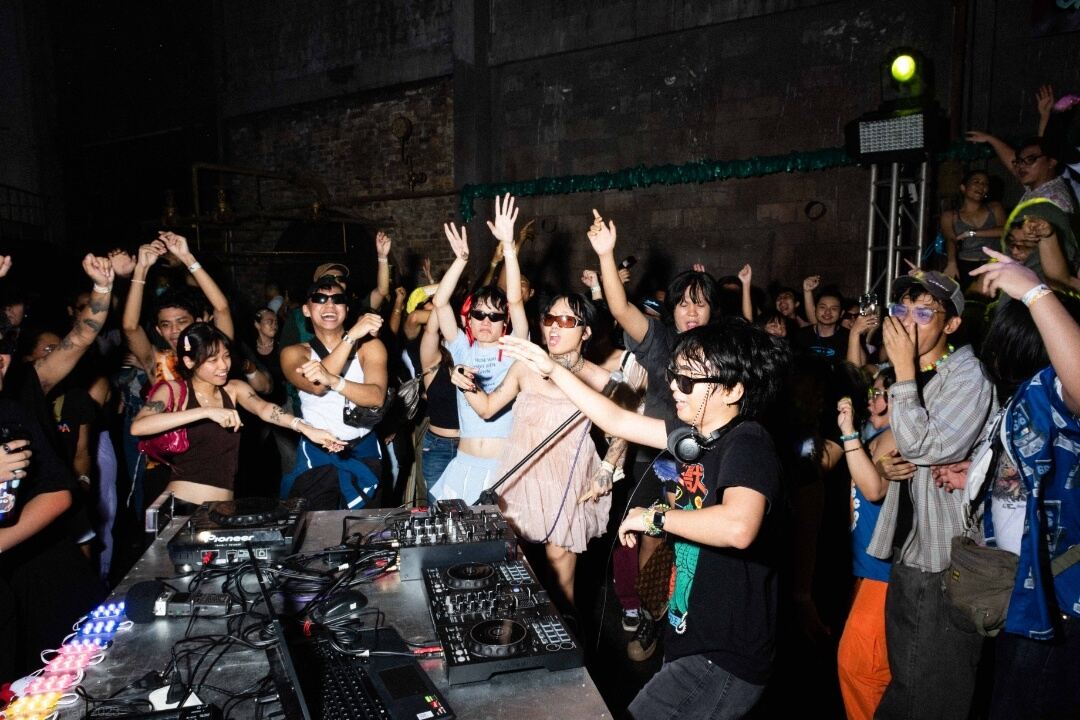
“We noticed how club culture in Manila already largely catered to Western sensibilities of music—like house and techno—yet there was a growing interest among musicians and audiences to connect with local grassroots genres. With this in mind, we eventually thought that spotlighting budots made the most sense, [as it’s also] an extension of the engagement that many of our members have made in their own individual practices for the past few years,” Sai adds.
In what ways can budots empower the local nightlife scene?
Considering the bustling clubs and bars scattered across our major cities, embracing (and boosting) budots in such a thriving environment can have transformative effects. For starters, the grassroots genre can add a fresh and distinctively Filipino flavor to the otherwise homogeneous Western-ish soundscape of the local club culture.
“It’s fascinating how budots kind of captures and represents us as a people—with its resilience, playfulness, and campiness,” says MCR co-founder and programming lead Jorge Wieneke V a.k.a. obese.dogma777. “Like other grassroots sounds across the globe—like Detroit techno, Chicago house, Indonesia’s dangdut, and more—it feels like something the Philippines can truly call its own.”
Not only would this be an effective way to reclaim cultural heritage, it also provides the industry an opportunity to tap into a new demographic and expand its reach beyond the typical club circuit. This diversification can attract a vast range of patrons, eventually leading to a more inclusive and dynamic community.
Moreover, incorporating budots into the local nightlife scene opens doors for budding creatives who specialize in grassroots genres and struggle to find platforms that appreciate and showcase their work. Welcoming them into the fold can inspire more musicians to explore their cultural roots, experiment with fusion genres, and maybe even expand the definition of what constitutes “good” music. (Not to mention—the genre’s DIY nature allows for innovation, giving aspiring artists the freedom to look for their own sound within the framework of budots.)
How did the maximalist jeepney aesthetic come about?
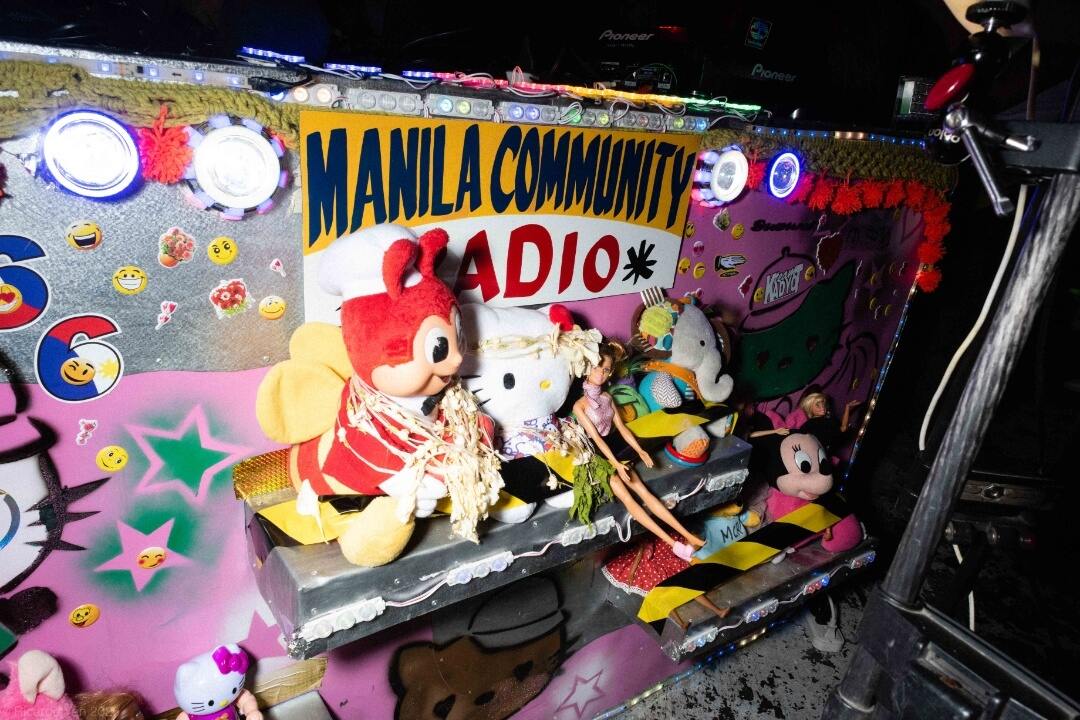
Central to the showcase was the visual spectacle crafted by Paul Jatayna, whose previous works perfectly aligned with MCR’s vision. With its blippy synthesizers, fat bass, atmospheric city sounds, looped voice samples, and air horns, budots is a genre that thrives on maximalism. It demands attention—and the jeepney trope perfectly complements its sonic identity.
With its blippy synthesizers, fat bass, atmospheric city sounds, looped voice samples, and air horns, budots is a genre that thrives on maximalism
“Firstly, it was a symbol of vernacular aesthetics and Filipino maximalism. Secondly, budots is largely heard in jeepney commutes with DIY speakers and decor. And thirdly, the ‘concept’ of the jeepney illustrates how cultures evolve, taking cues from several reference points,” says Sai when asked about their design brief.
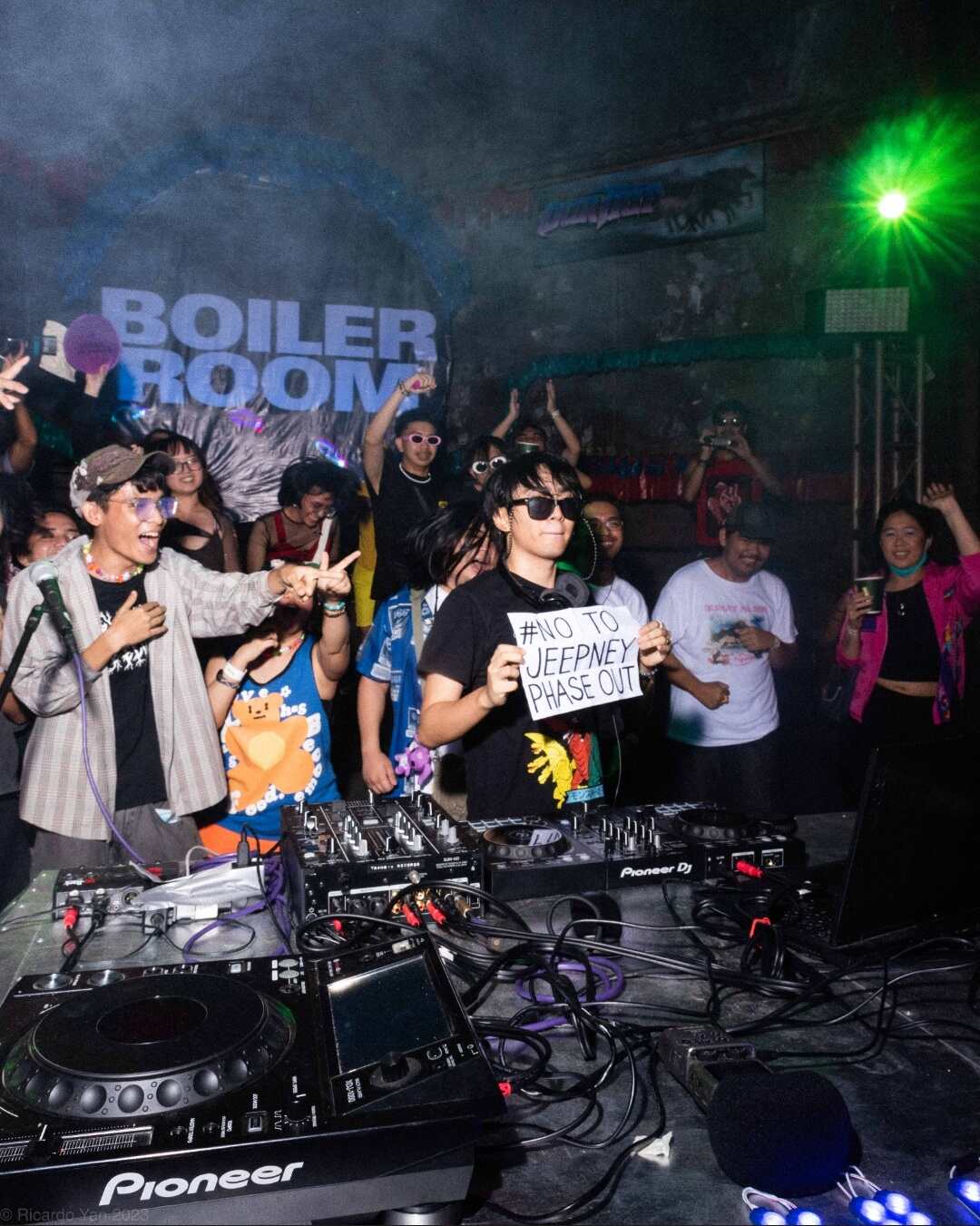
“The jeepney was the product of American colonization, which—over decades—Filipinos absorbed and turned into its own thing. Budots very much works in the same way where it began as DJ Love’s fascination with ’00s Eurodance, transforming it into something uniquely grassroots,” the archivist elaborates. “Culture isn’t a static process, and that’s something we hoped we communicated in the production.”
What was the general reception of the event?
While there were some discourses on Twitter about the implications of the showcase in terms of “appropriation” and the Western gaze, the general sentiment from those who actually attended was positive and imbued with interesting insights.
According to MCR programmer Anton Ventura, many invitees expressed that experiencing budots music in a live setting was a completely different and immersive experience compared to streaming mixes at home. “From my perspective, this experience was the feeling of being one with the crowd and enjoying the music we can call our own. The energy of all the artists while performing reverberates, passing the same euphoric feeling to the audience.”
its mostly other petib manilenos saying were “appropriating” budots. obv theres tension between petib and the working class who actually make budots, but its not antagonistic. at the end, our interests r still aligned as pilipinos, creating and supporting national culture. https://t.co/4h36mqT5ON
— 🇵🇸 Teyana // Lord Have Mercy ❤️🔥 🕊 (@TeyanaToad) April 30, 2023
Meanwhile, programmer Jacob Mendoza highlighted Teya Logos’ take on the entire budots discussion. “[Teya] reminds us that Western ideologies and ways of thinking don’t really apply to us. Sometimes, we should just simply be proud of our fellow Filipinos [and] celebrate wins with them by dancing and listening to budots.”
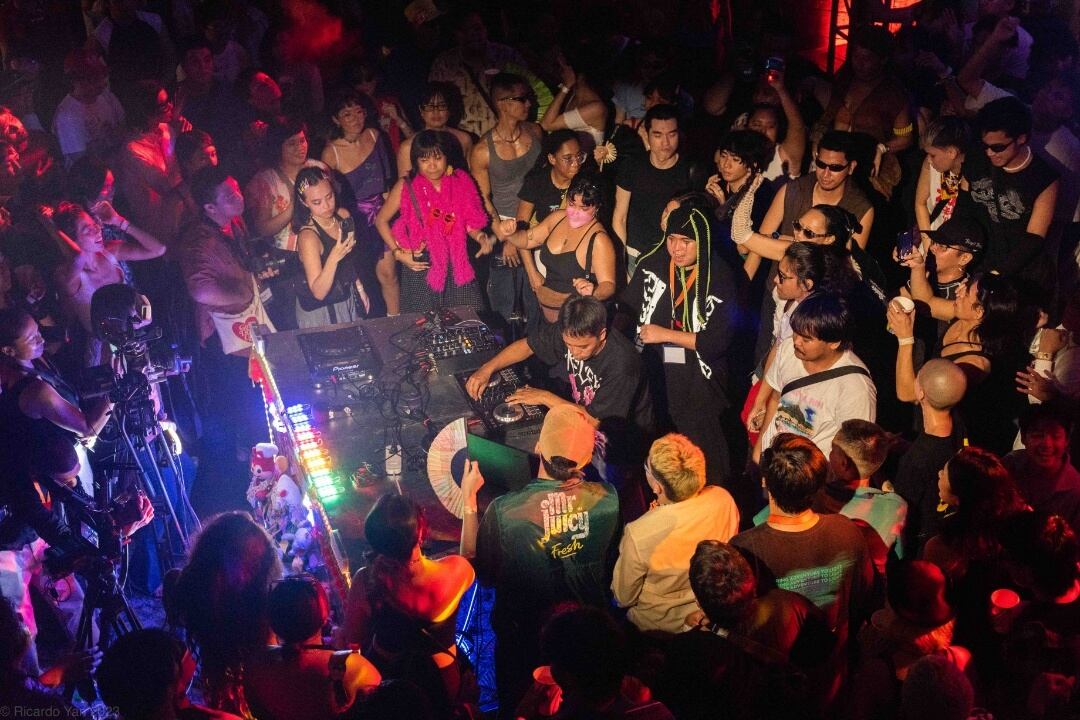
“Another interesting post-event insight was that there was a surprisingly substantial number of people who entered the event with their prejudices about budots intact. I don’t think it was necessarily the case that people went because they were big fans of budots—and many of those [who] weren’t left the venue with a new understanding for the culture,” Sai concludes.
Read more:
Similarobjects made a year-ender EJK-based budots mix
The P-pop herstory: A retrospective look into the P-pop girl group transformation
The Grammys wants us to listen to BGYO (and these other rising Asian acts)
Interview by Christian San Jose
Photos by Ricardo Yan II
















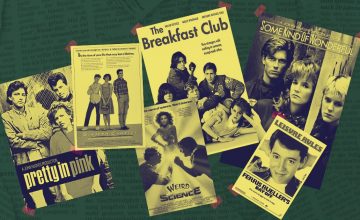
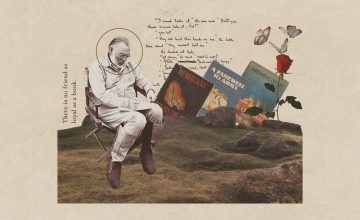






Comments